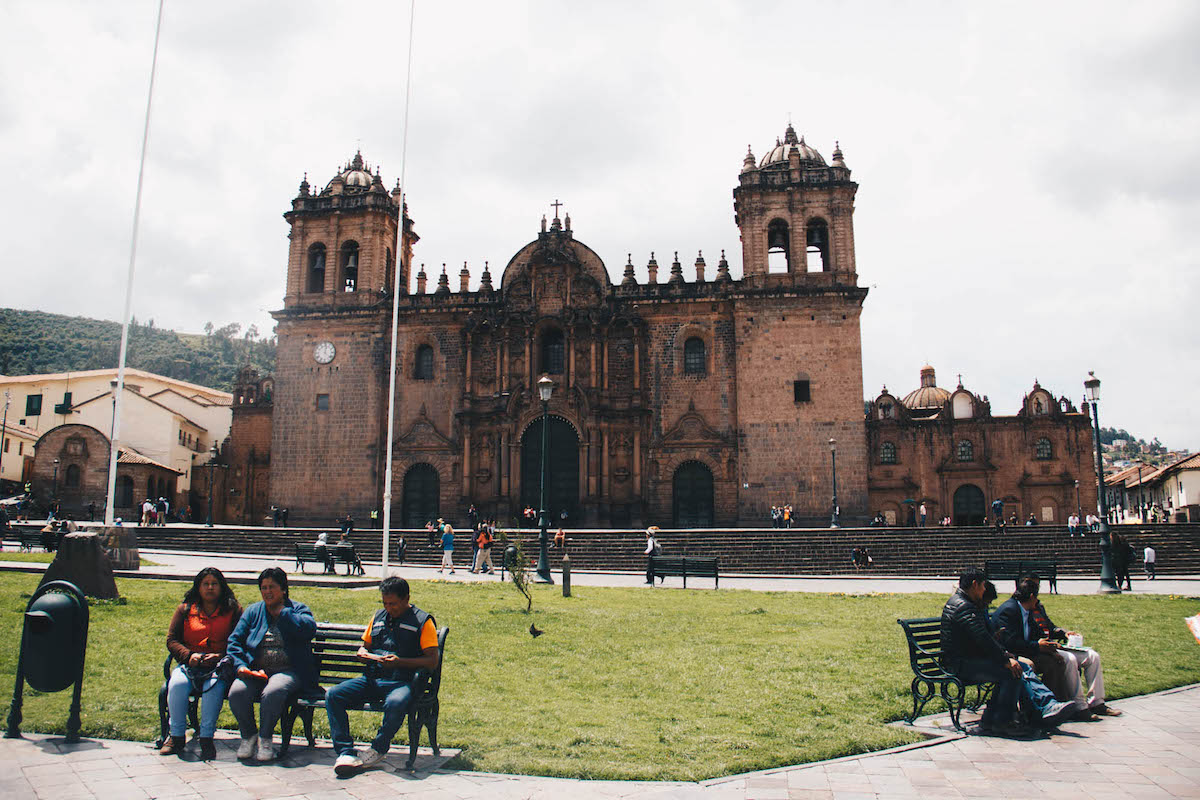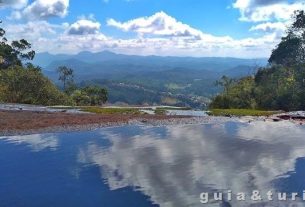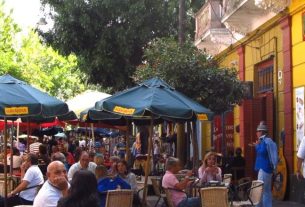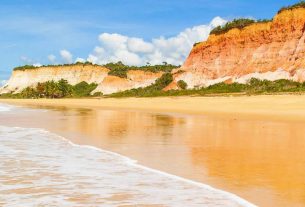Few places can encapsulate the history of Latin America as well as Cusco. The ancient capital of the Inca world still preserves the memories of that empire very vividly in the culture, language, physiognomy, architecture and traditions of its people. At the same time, it displays the imposing colonial-era buildings built on the foundations of the people who have inhabited the region for centuries. It’s no surprise that there is so much to do in Cusco and that it is one of the most visited destinations on the continent.
Are you going to travel? Travel Insurance is mandatory in dozens of countries and essential for any trip. Don’t be left unprotected in Peru. See how to get the best cost/benefit insurance with our discount code.
What to do in Cusco: attractions in the center and surroundings
The main activities to do in Cusco are:
- Visit Plaza de Armas
- Shopping at the Cusco Artisan Center
- Visit the Convent of Santo Domingo and the Temple of the Sun
- Visit the San Pedro Market
- Discover the Saqsaywamán archaeological site
- See the bohemian life of the San Blás neighborhood
- Take a tour of the Sacred Valley of the Incas
- Experience the local nightlife
It is recommended at least four days to visit the city, before continuing on to Machu Picchu. Book two for the Sacred Valley tour. On the first day, do calmer activities so your body gets used to the altitude. Take the opportunity to take a walk around the center. Don’t forget to drink lots of water and drink coca tea to help with acclimatization. Read more about dealing with altitude sickness.
Read our tips for visiting Machu Picchu
Main Square
The central landmark of Cusco, the Plaza de Armas seems to be that place where everything converges. Back in the days when the region was dominated by the Incas, the place was an important ceremonial center. Later, it was there that the Spanish declared the city conquered. The buildings built around it preserved much of the pre-Columbian architecture: the stone foundations, planned to the smallest detail, still survive and support the colonial buildings that came later. Among them, the great Cusco Cathedral. Entrance to the Church is paid, but anyone who goes during mass gets in for free. You only have to wake up very early to be there at 6am, 7am or 9am, but the effort can be worth it: the first mass of the day is usually celebrated in Quechua, the mother tongue of many of the region’s indigenous people. On the right side of the altar there is a painting of the Last Supper in which the food served is cuy, a typical dish from the region.
Cusco Craft Center
This is the best stop for those who want to take home some traditional Cusqueño crafts. There, local artisans sell their production for very attractive prices. The pieces include Andean fabrics, clothing, backpacks, decorations, paintings, musical instruments and much more.
Address: Meeting of Av. El Sol and Tullumayo, Cusco.
Read too: Andean fabrics: the act of spinning is a metaphor for destiny
Convent of Santo Domingo and the Temple of the Sun
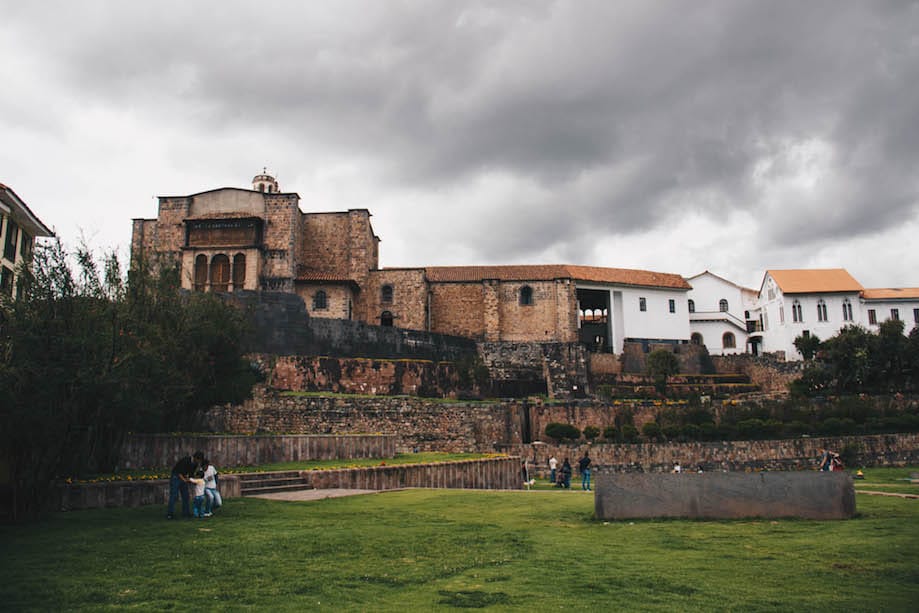
This Catholic church was built on the foundations of the old “Inti Cancha”, or Field of the Sun, in 1534, symbolically marking the replacement of the original religion by Catholic worship. The space housed some of the most important Inca temples, including the Qorikancha, the Temple of the Sun, to which only the Emperor himself and priests were allowed entry. The temple was also an important star observatory. In addition, the place housed the Temple of the Moon, the Inca court and other temples and administrative buildings – and served as a place for celebrations and sacrifices. Address: Av. El Sol 8.
San Pedro Market
A huge local market that, oddly enough, has managed to maintain its authenticity even in the center of a place as touristy as Cusco. The owners of the stalls are, for the most part, women from the Quechua and Aymara indigenous ethnicities, the two main ones in the region, and there they sell all the essential products for the lives of the Cusqueños, from handicrafts to fruits and vegetables used in regional dishes, juices and ready-made food, as well as animal parts for religious offerings and other less conventional items.
Archaeological site of Saqsaywamán
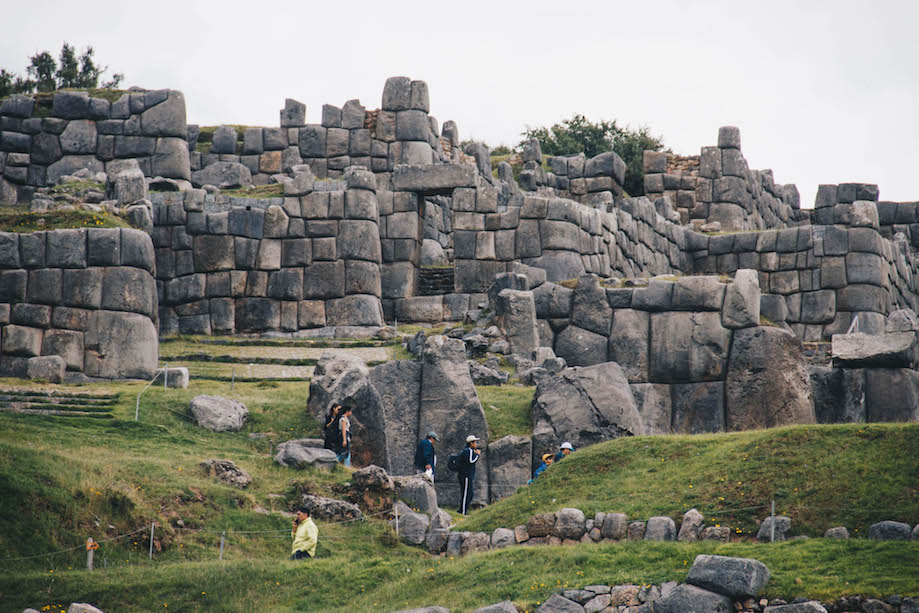
The Cusco region is full of historical ruins and archaeological sites and you don’t even need to leave the city to visit one of them. The ancient ceremonial center was built around 10,000 years ago by the Killke, a people who occupied the region in the pre-Inca period. In the 13th century, the Incas expanded the center and built the huge stone walls that still stand today. The place was also used as a study center and considered a sacred area. Entrance costs 70 soles, but is also included in the tourist ticket that gives access to other archaeological sites.
San Blas
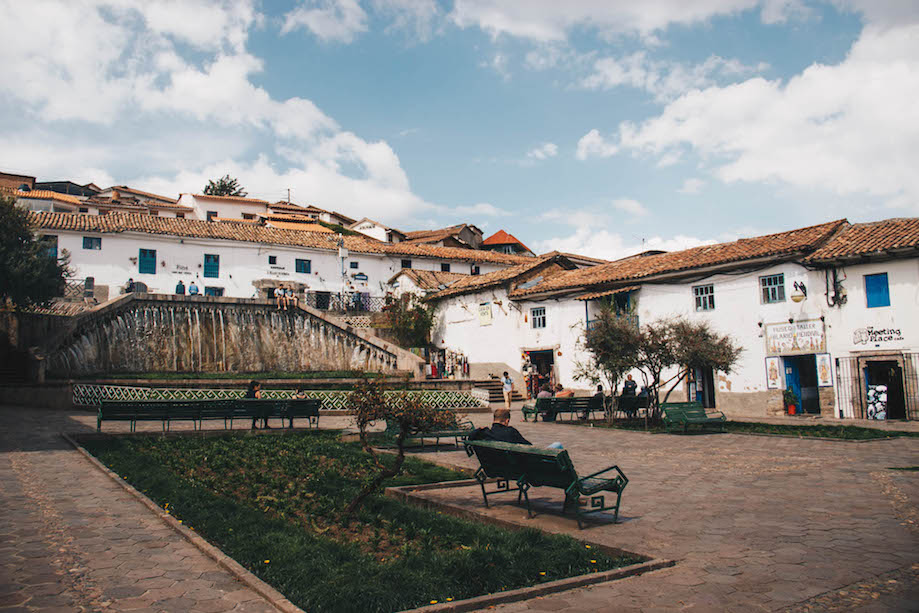
A charming neighborhood that grew up among the hills, with narrow streets and cobblestones, San Blás ended up consolidating itself as the bohemian and artistic region of Cusco. The colonial mansions hide typical food restaurants, bars and cafes, as well as ateliers and decoration stores. The big attraction is the cultural life of the neighborhood, but there are some points of interest that are worth checking out. Among them, the Stone of 12 anglesone of the main examples of the genius of Inca engineering, which is at the base of the Archbishopric Palace of Cusco, the San Blás Church and Market
Tour through the Sacred Valley of the Incas
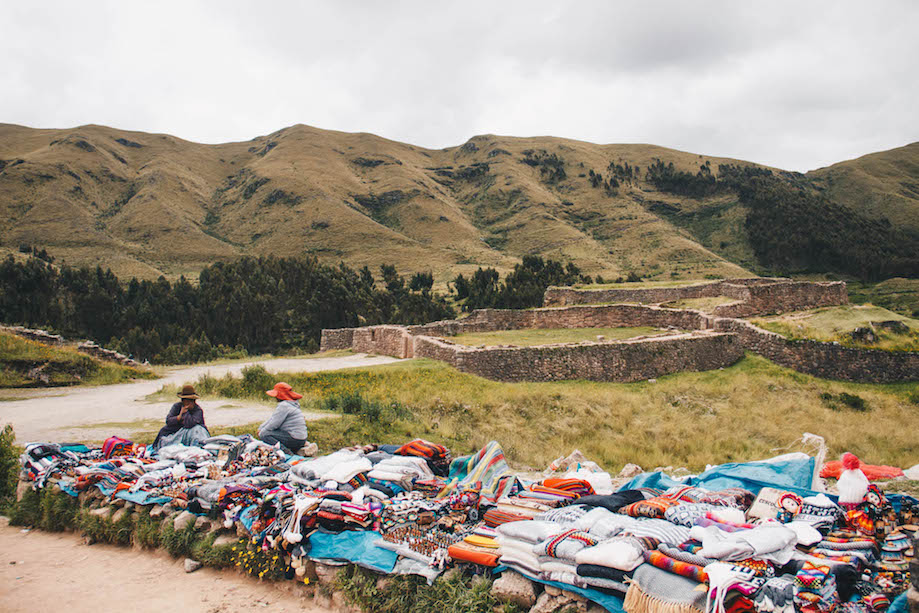
One of the main activities in Cusco is to take a tour of the Inca ruins in the region, visiting the archaeological sites included in the Boleto Turístico. There are several travel agencies that offer tours, both individually and in groups. We advise against the last option, as groups tend to be very large and follow a fixed itinerary, visiting the same places at the same times as other groups, which means the places are always very crowded. If you can, invest in a private guided tour. But as this may be outside the budget of many travelers, another option is to arrange a price with taxi drivers in Cusco to take you to certain places. The prices are very affordable, even more so if you are sharing it among other people in your group. In general, it takes two days to visit all the places included in the Boleto and it is recommended that you do this before visiting Machu Picchu, so as not to lose its charm.
See more about the tour in the Sacred Valley of the Incas
Where to stay in Cusco
It is worth staying in hotels close to the Plaza de Armas or in the San Blás neighborhood. There you will be close to the city center and nightlife. There are good options for all budgets and styles of travelers, even in these busiest areas. For example, the Samay Wasy Hostel, which is highly rated by those who stayed there. This hostel is in San Blas and, judging by the photos, it has a really cool view of the city. To learn more about the regions, read our guide with tips on where to stay in Cusco
Find hotels in Cusco
Sign up for our newsletter

Sign up for our newsletter and stay up to date with exclusive news
that can transform your routine!
Warning: Undefined array key "title" in /home/storelat/public_html/wp-content/plugins/link-whisper-premium/templates/frontend/related-posts.php on line 12
Warning: Undefined array key "title_tag" in /home/storelat/public_html/wp-content/plugins/link-whisper-premium/templates/frontend/related-posts.php on line 13

